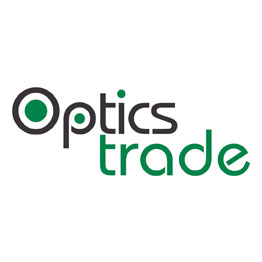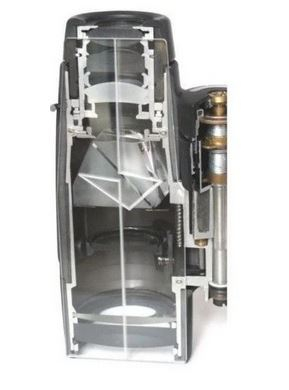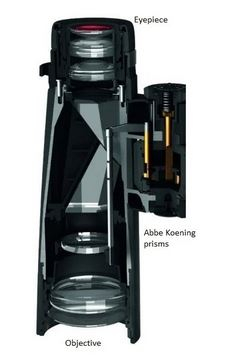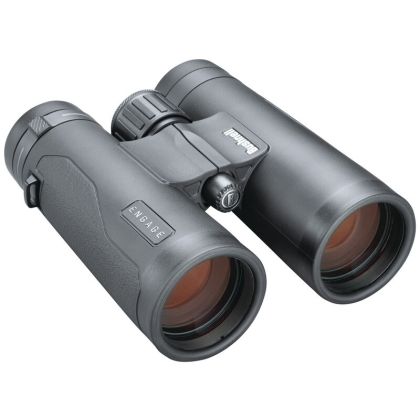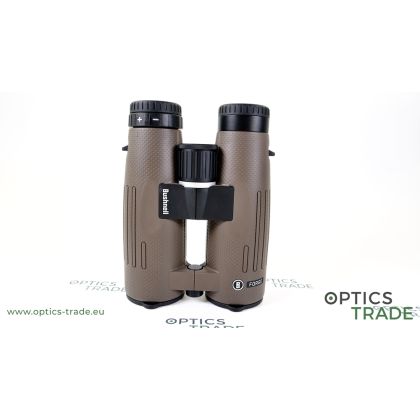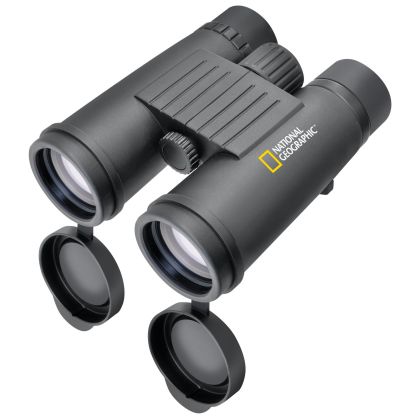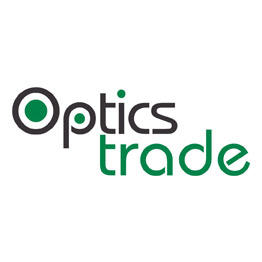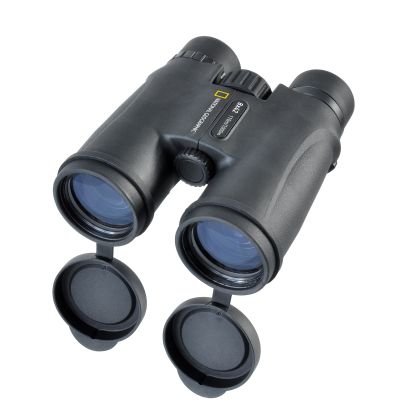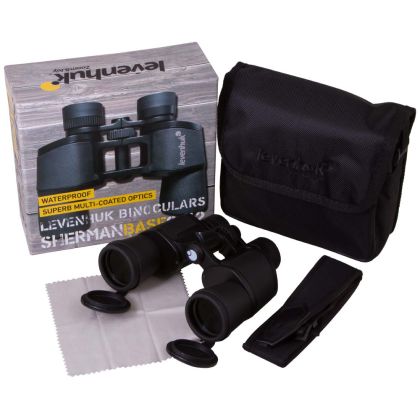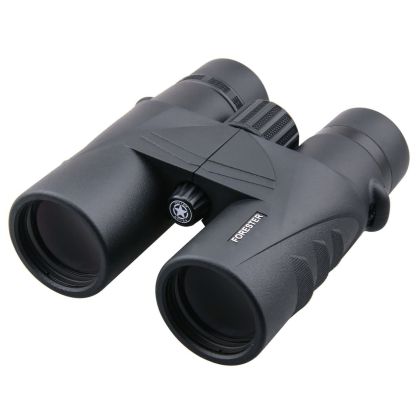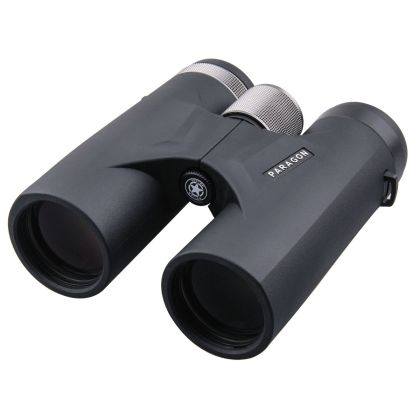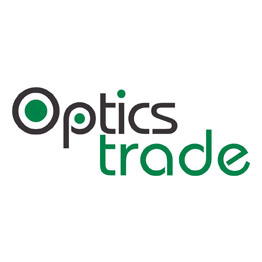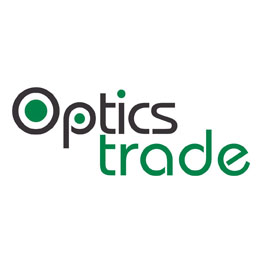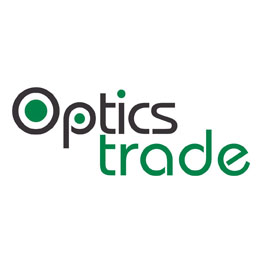Mounts
8x42 Binoculars
General Features of 8x42 Binoculars
Binoculars with 8x magnification and a 42 millimeters objective lens diameter (8x42 Binoculars) are the most popular pair of binoculars on the market. They are also the most versatile binoculars and can be used for almost all applications.
Thanks to the 42 millimeters objective lens, this pair of binoculars still offer a fairly bright picture in a dark environment but are a lot lighter in weight and smaller compared to low-light binoculars.
Most binoculars with 8x42 configuration are made with Schmidt/Pechan Roof prisms (roof prism binoculars), but there are also some exceptions with integrated Abbe/Koenig prisms or even Porro prisms.
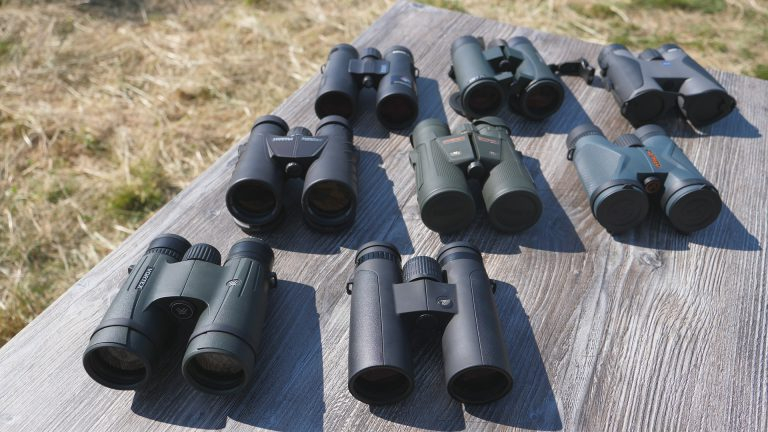
Binoculars with 8x42 configuration
Most Common Fields of Use
Binoculars with an 8x42 configuration can be used for any application. These binoculars are widely used by hunters thanks to their compact design and low weight.
Often such a pair of binoculars are also used for astronomy use because of the bright picture. Many binoculars feature also a tripod mount. When mounted, it is also a lot easier to observe since the picture is steady, and the user can focus on one object easier.
Need more Information about Binoculars with 8x42 Configuration?
8x42 Bird Watching Binoculars
8x42 - binocular is also very popular for bird watching since 8x magnification offers a wide field of view and a decent bright picture in dusk and dawn. 8x magnification is also enough for detailed observation of wild animals, and the shakiness of the users' hands is not as noticeable. This means that 8x42 are perferct bird watching binoculars.
Lightweight 8x42 Binoculars
Since 8x42 - binocular is a lot smaller and lighter, many users take them also to hiking trips and other activities. 8x42 - binocular is also not too big and not too heavy for transportation, and can easily be stored in a backpack.
Is 8x42 Better Than 10x42 Binoculars?
For a novice user or a hunter, binos with an 8x42 configuration are a better choice. The categories of 8x42 and 10x42 binoculars are the biggest among all binoculars categories on the market. "8x42 binoculars vs 10x42" is one the most frequently asked questions, regarding binoculars. There are no manufacturers that do not offer at least one binocular model in each category. Because of the big selection, the user gets the most quality for their money since every manufacturer streams for the best price/quality ratio.
Because of the smaller magnification, 8x42 binoculars offer a much wider field of view, which is important when observing moving animals. With 8x42 - binocular also the exit pupil is bigger and measures 5.25 millimeters, which is a very important number for low-light use. In dusk and dawn, the image appears brighter compared to 10x42 binoculars, so the animals can be observed for a longer time.
Also, 10x42 binoculars have some advantages. Thanks to the bigger magnification the image appears bigger, so the user gets many more details and a better resolution. 10x42 binocular is designed for daytime use and for experts, which are used to handling binoculars and can compensate for the shaking of their hands during observations. The exit pupil is 4.2 millimeters, which is far less compared to 8x42 - binocular, which is the main reason for the darker images at dusk and dawn.
You can watch the 8x42 BUYING GUIDE below
8x42 Binocular VS 8x56 Binoculars
8x42 - binocular has many advantages over the 8x56 binocular, but 8x56 do outperform all 8x42 binoculars when it comes to the observation time in dusk and dawn. Thanks to the bigger objective lens the 8x56 binoculars gather a lot more light, which results in a brighter picture in low-light situations. The exit pupil is 7 millimeters, which is the widest a human eye can detect. 8x42 binoculars, for comparison, have 5.25 millimeters, exit pupil. Older people, whatsoever, can not see any difference in the brightness of the picture since the pupil of the human eye gets smaller with older years.
Swarovski SLC 8x56 binocular
Mostly used, and the most universal pair of binoculars on the market are 8x42. They can be used for hunting, hiking, traveling, and many more. 8x42 - binocular offers a solid bright picture but still packed into a smaller housing for easier transportation. Due to the smaller dimensions also the weight is quite lighter, which is perfect for long trips, where every gram counts. 8x42 - binocular does also offer a slightly bigger field of view than 8x56 binoculars, so detecting an object or an animal is slightly faster.
8x42 Binocular VS 10x50 Binoculars
Pair of binoculars with a 10x50 configuration is very similar to 10x42 binoculars, except that they feature a slightly brighter picture for low light observations and a slightly smaller field of view.
The picture brightness can be compared to 8x42 - binocular, and the exit pupil measures 5 millimeters. One downside for 10x50 binoculars is whatsoever the bigger weight and the wider outer dimensions.
Best 8x42 Binoculars
The best 8x42 Binoculars come from the biggest names in this industry:
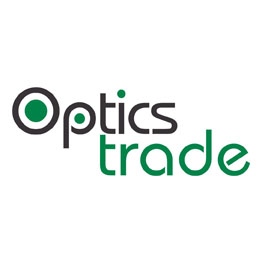
Zeiss Victory SF 8x42 - binocular
The quality of premium binoculars is at the highest level as we would expect from such expensive products. If we compare binoculars from the same price, all binoculars from these manufacturers are equal in quality, each with its pros and cons.
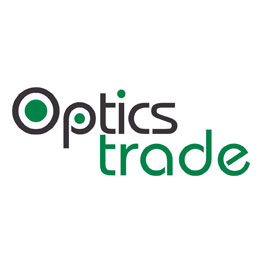
Leica Noctivid 8x42 - binocular
In the 8x42 configuration are also binoculars available with an integrated laser range finder. From Leica the Geovid, from Zeiss the Victory LR, and from Swarovski the EL-Range.
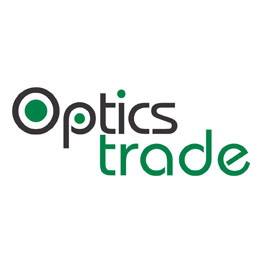
Swarovski EL 8.5x42 - binocular
Roof Prisms in 8x42 Binocular
Schmidt/Pechan prism binoculars
Schmidt Pechan prisms are produced all over the world. They are easy to produce and are the most common prism type in binoculars. They are very affordable, and the construction is small, lightweight, and compact. Compared to pair of binoculars with Abbe Koenig prisms with the same magnification and objective lens size, the pair of binoculars with Schmidt Pechan prisms are shorter in length.
The handling is easy and the ergonomics are very good. Binoculars with Schmidt/Pechan prisms are waterproof, but the light transmission rate is lower compared to the transmission rate of Abbe-Koenig prisms.
Abbe-Koenig Prism Binoculars
Abbe Koenig prisms are very common in a high-quality pair of binoculars, produced from the most known companies in this industry. They are very difficult to produce, and only 6 manufacturers worldwide produce Abbe Koenig prisms:
-
Zeiss,
-
Noblex,
-
Swarovski,
-
Leupold,
-
Sig Sauer, and
-
Optolyth.
Binocular with integrated Abbe Koenig prisms is longer but offer better light transmission. The ergonomics are very good, and all Abbe-Koenig prisms are waterproof. Because of that, Abbe Koenig prisms are mostly built into low-light binoculars in the configurations of 8x56 and 10x56. Also, other configurations are available with such prisms, but the selection is narrow.
8x42 - Binocular with Schmidt Pechan Prisms VS Abbe Koenig Prisms 8x42 - Binocular
Porro Prisms in 8x42 Binocular
Binocular with Porro prisms in the construction were the first type of binoculars on the market. This traditional arrangement of binoculars provided by Porro-prisms makes objective lenses further apart and thus offering a higher light transmission rate. Images are not only brighter and sharper but also have a better depth of field, which provide realistic 3D images and a wider field of view.
Focus and Size
Many Porro prism binoculars have also the focusing mechanism separated for each eye, which can be very useful in low-light situations when observing at dusk and at dawn. Even though Porro prism binoculars are becoming rare in today’s times, this traditional arrangement makes them more affordable due to less expensive manufacturing. But the wider design makes them heavier and difficult to hold in hands and they are less watertight and also less rugged, which provides a less secure grip.
The other disadvantage of Porro prism binocular is also the lack of adjustable eyepieces, which in most cases leads to problems when using the binoculars with glasses.
Features of Porro Prism Optics
(+) higher light transmission rate
(+) better depth of view perception
(+) wider field of view
(+) realistic 3D images
(+) lower price for high-end binocular
(-) heavy and clumsy
(-) less watertight binocular
(-) no eye-relief adjustment
Diopter Setting System
Because the majority of binoculars with 8x42 configurations are made of Schmidt Pechan or Abbe-Koenig prisms, the most common diopter setting can be found on one of the barrels. Whatsoever some exceptions feature the diopter adjustment ring on both barrels for focusing each eye separately and some that have the diopter setting integrated into the focusing system.
Some binoculars feature even a locking function for the diopter adjustment wheel, but the majority of binoculars on the market are non-locking. The locking function has nothing to do with the location of the diopter setting but is just a feature of some manufacturers.
Lens Coatings
Coating the lens is one of the most important processes in the manufacturing of 8x42 - binocular. There are 4 different types of how many times and on which surfaces the coatings are applied on the lens: Coated, Fully Coated, Multi-Coated, and Fully Multi-Coated.
-
˝Coated˝ binocular means that there is only a single layer of anti-reflection coating on some of the lens. Usually, only the objective lens and the eye-piece lens are coated, and usually only on the outside, which is visible for the user.
-
˝Fully Coated˝ binocular lens mean that all air to glass surfaces have one layer of coating.
-
˝Multi-Coated˝ binocular means that some lens have multiple layers of anti-reflection coatings
-
˝Fully Multi-Coated˝ binocular means that all air to glass surfaces are coated with anti-reflection coatings, with multiple layers.
Because lens coatings are very important for light transmission, low-light binoculars must feature ˝Fully Multi-Coated˝ lens. This ensures the highest light transmittance and the most bright images in late hours.
Many manufacturers apply additional coatings with special features. For example anti-fog coatings on the outer surfaces, for a clear picture in a high-moisture environment, or when moving from a warm to a cold place. Some more expensive and premium binoculars feature also scratch-resistant coatings on the outer lens. These make the outer surfaces harder and more resistant. Also, water-repellant coatings can be found, which have an effect as we know it from the lotus flower.
A short presentation of 8x42 - binocular is available here.
Comparisons Between Different Configurations
Slideshare presentation of 8 x 42 Binoculars
Short Presentation | 8 x 42 Binoculars | Optics Trade from Optics-Trade
Filters
Sort
Filters
Sort

